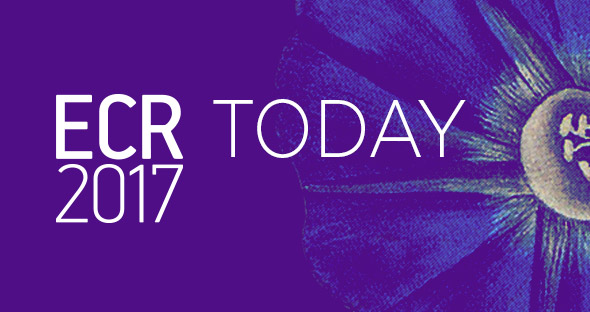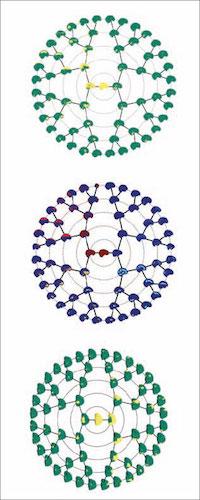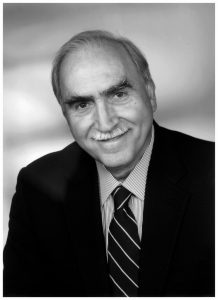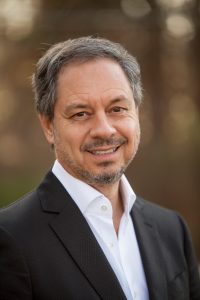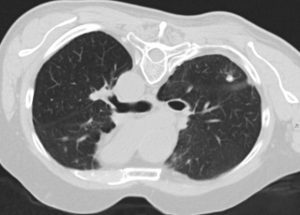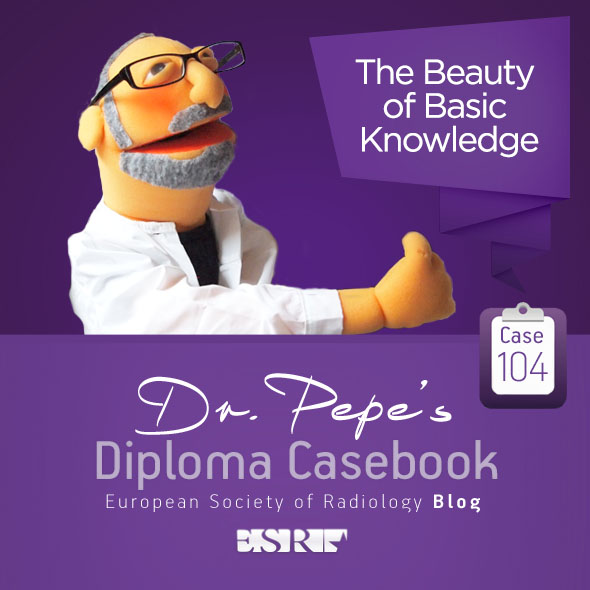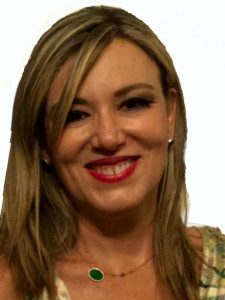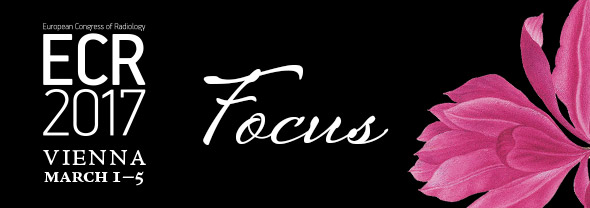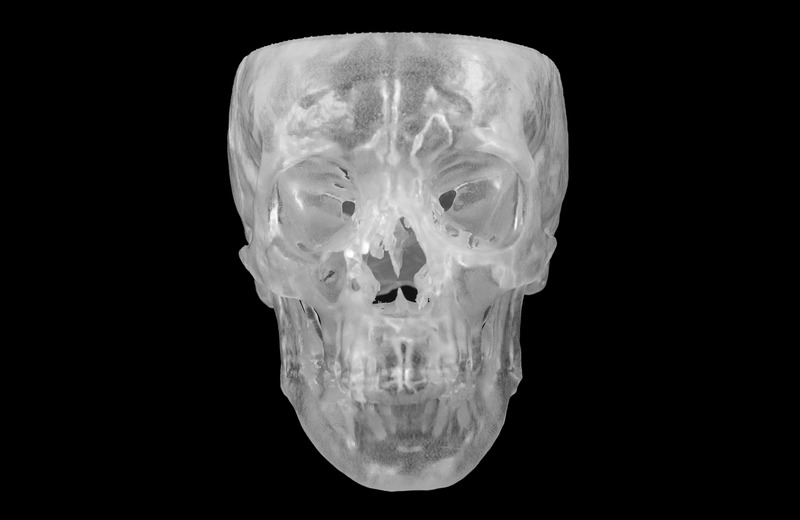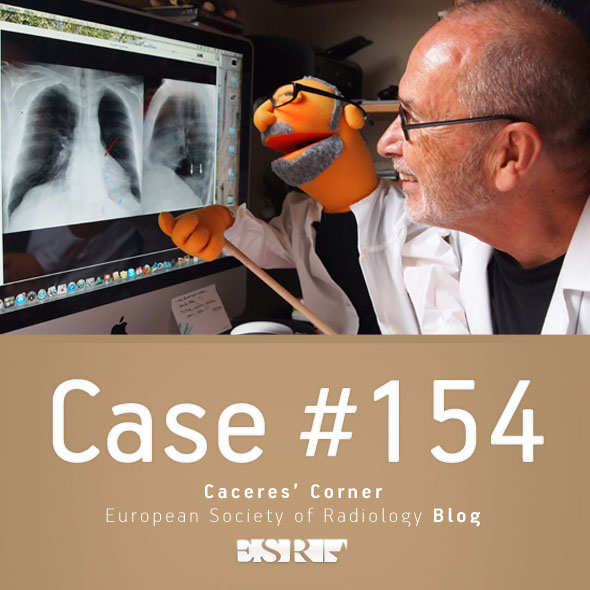European Radiology: 25 years of excellence
Watch the European Radiology 25th Anniversary session live on ECR Online, Friday, March 3, 16:00–17:30, Room Z
#ECR2017
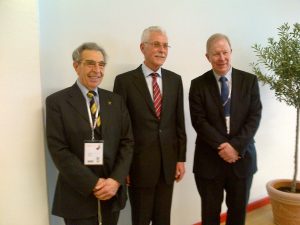
25 years of success for the three editors-in-chief of European Radiology: Albert L. Baert, Adrian K. Dixon, Maximilian F. Reiser.
The ESR’s flagship journal, European Radiology, celebrated 25 years of publication in 2016. We spoke to Prof. Albert L. Baert, the journal’s Editor-in-Chief from 1995 to 2007, Prof. Adrian K. Dixon, who headed European Radiology from 2008 until 2013, and our current Editor-in-Chief, Prof. Maximilian F. Reiser. Together, they gave us a comprehensive account of the journal’s development during the last quarter of a century.
ECR Today: How have you seen the journal develop during the past 25 years?
Albert L. Baert: During this time period the number of published articles has increased spectacularly from 60 articles per year in the first issues to more than 400 per year now. For example, no less than 4,674 pages were published in 2016! European Radiology is now one of the most widely distributed and read scientific journals in the world. Simultaneously, the scientific level of the contents has improved steadily over the years as proven by the current excellent Impact Factor ranking.
